Rice occupies a pivotal place in Indian agriculture and it contributes about 13% of annual agriculture GDP and provides 43% calorie requirement for more than 70% of the Indian population.
Paddy crop residues include any biomass left in the field after grains and other economic components have been harvested. Paddy straw is produced as a byproduct of rice production at harvest. It is removed with the rice grains during harvest and it ends up being piled or spread out in the field depending if it was harvested manually or using machines. Crop residues are also a principal source of carbon, which constitutes about 40% of the total biomass on a dry weight basis. These were considered as a precious commodity because it can be used as a feed for the fodder and mulching for various crops and must never be considered as waste. The ratio of straw to paddy ranges from 0.7-1.4 depending on the variety and growth. Globally, roughly 800 to 1,000 million tons per year of paddy straw is produced, with about 600 to 800 million tons per year produced in Asia. This continues to rapidly increase due to the shorter turnaround time required for intensified rice cropping. The introduction of game-changing combine harvesters which solves the high labour cost associated with manual straw collection addresses only half the battle.
The paddy residues are typically burnt on-farm across different regions of this area. The problem is more severe in the head and mid-region of this area, particularly in the mechanized harvesting in the paddy-paddy cropping system. There are four methods of residue management practices, these are removal of straw and burning of stubble, burning of straw and stubble, removal of straw and incorporation of stubble and incorporation of straw and stubble among, which removal of straw and burning of stubble (42.45 %) is the major one. The main reasons for the burning of residues are low cost and labour scarcity.

Straw incorporation in the soil for fertilization in intensive systems is also not possible with two to three crops per year because the turnaround time is too short for decomposition, resulting to poor soil fertilization properties which ultimately hinders crop establishment.
With little options, open-field straw burning has increased dramatically over the last decade. Improved rice straw management and technologies that can help reduce the environmental footprint of and increase revenues from rice production and processing are therefore important for sustainable rice production systems.
Paddy Straw Management Options
Rice straw in principle can be processed and used in agriculture for purposes such as soil improvement through carbonization and composting, in bio-energy production, and to produce materials for industrial uses such as silica and bio-fibre.
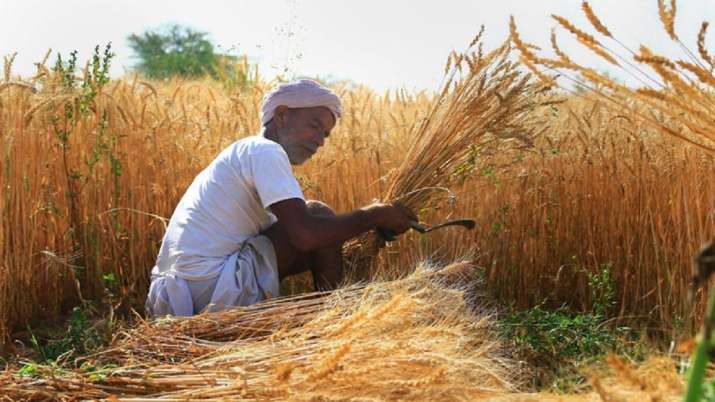
However, not all the options are economically feasible because the costs of materials produced from rice straw, including transportation cost, are still higher than for materials produced from the other traditional or existing feedstocks. Sustainable rice straw management is currently practised with the following scalable options:
Paddy Straw for improved soil fertility
Incorporation of rice straw into paddy soil can maintain and enhance soil fertility with proper management. However, ineffective management of straw incorporation can result in a decrease in production efficiency and increased greenhouse gas emissions. It should be noted that slow decomposition is often the reason why farmers do not want to incorporate crop residues. Some research has been undertaken on speeding this up, for example, by using fungal inoculums.
Mechanized Collection
Collection of rice straw spread in the field by combine harvesters is only economically feasible with a mechanized collection. It plays an important role in the rice straw supply chain to prepare feedstock for further uses.
Paddy Straw Mushroom Production
Rice straw mushrooms, Volvariella volvacea, are considered to be one of the easiest mushrooms to cultivate because of their short incubation period of 14 days. This tropical species thrives best at 30‒35 °C for mycelia development and at 28‒30 °C for fruiting body production. Outdoor mushroom production is a common practice as it has low investment cost, however its yield is just 0.8 kg of mushroom per 10 kg of dried straw. Indoor mushroom growing with higher investment cost produces about 2 kg higher yield per 10 kg of dried straw.
Paddy Straw silage for Cattle Feed
Rice straw has too few nutrients to be used as the only source of food for cattle but is a good feed additive and can also be treated to increase the supply of energy and protein. In general, the daily recommended maximum intake of rice straw by ruminants is 1.0 to 1.5 kg per 100 kg live-weight per day. Urea-treated straw (rice straw is ensilaged with 2-3 % urea) can increase intake and digestibility of this rice straw-based feed.
Mechanized Composting
Compost is produced based on the mixing of rice straw, animal manure, and enzymes using the turner and ensilage to optimize the composting process. Mechanized composting can significantly improve the biophysical processes of composting. The compost product can be used as a medium for growing vegetables and other crops or spread on the rice field as a soil amendment. It enhances nutrient (i.e., nitrogen and carbon contents) and organic matter content of the soil.
Source: IRRI; Current Agriculture Research Journal


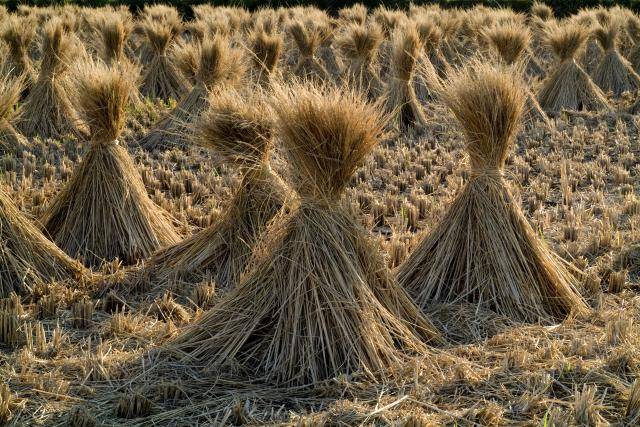
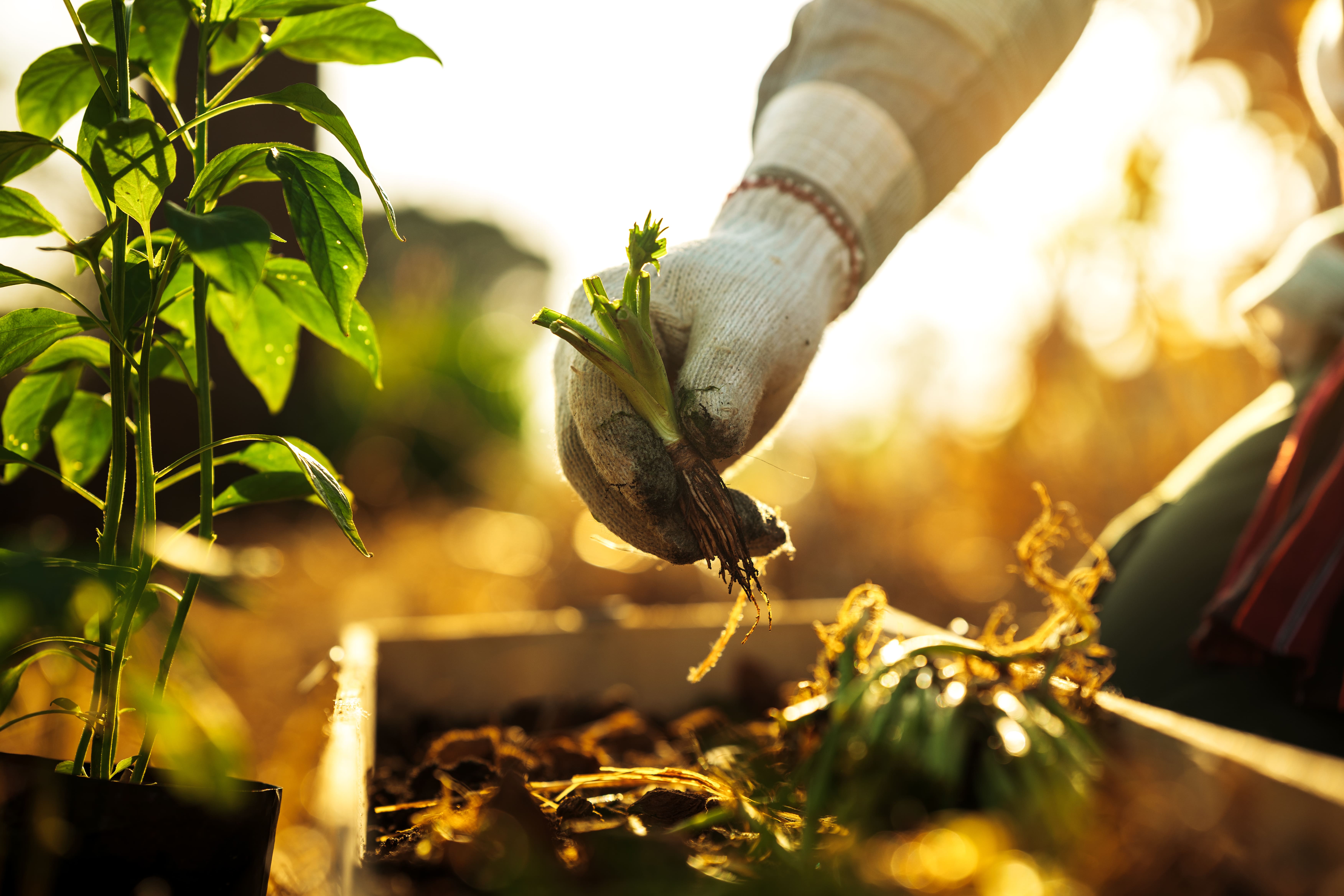
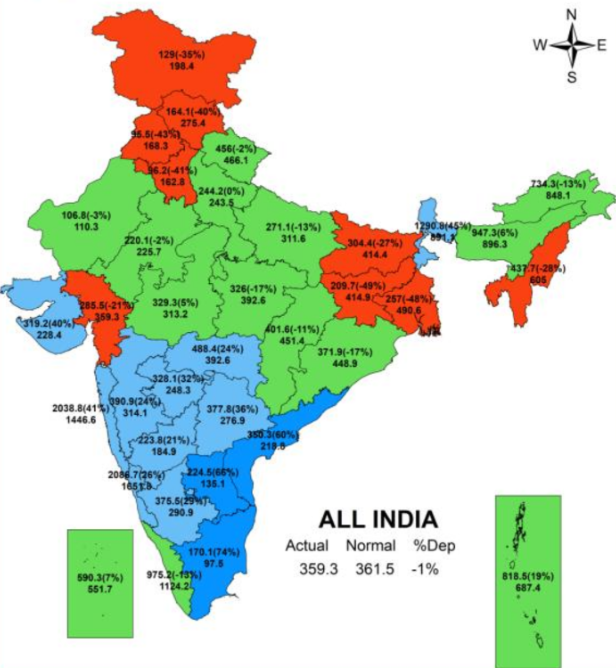
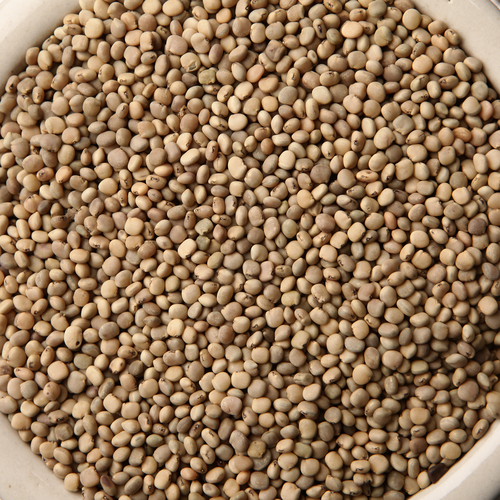
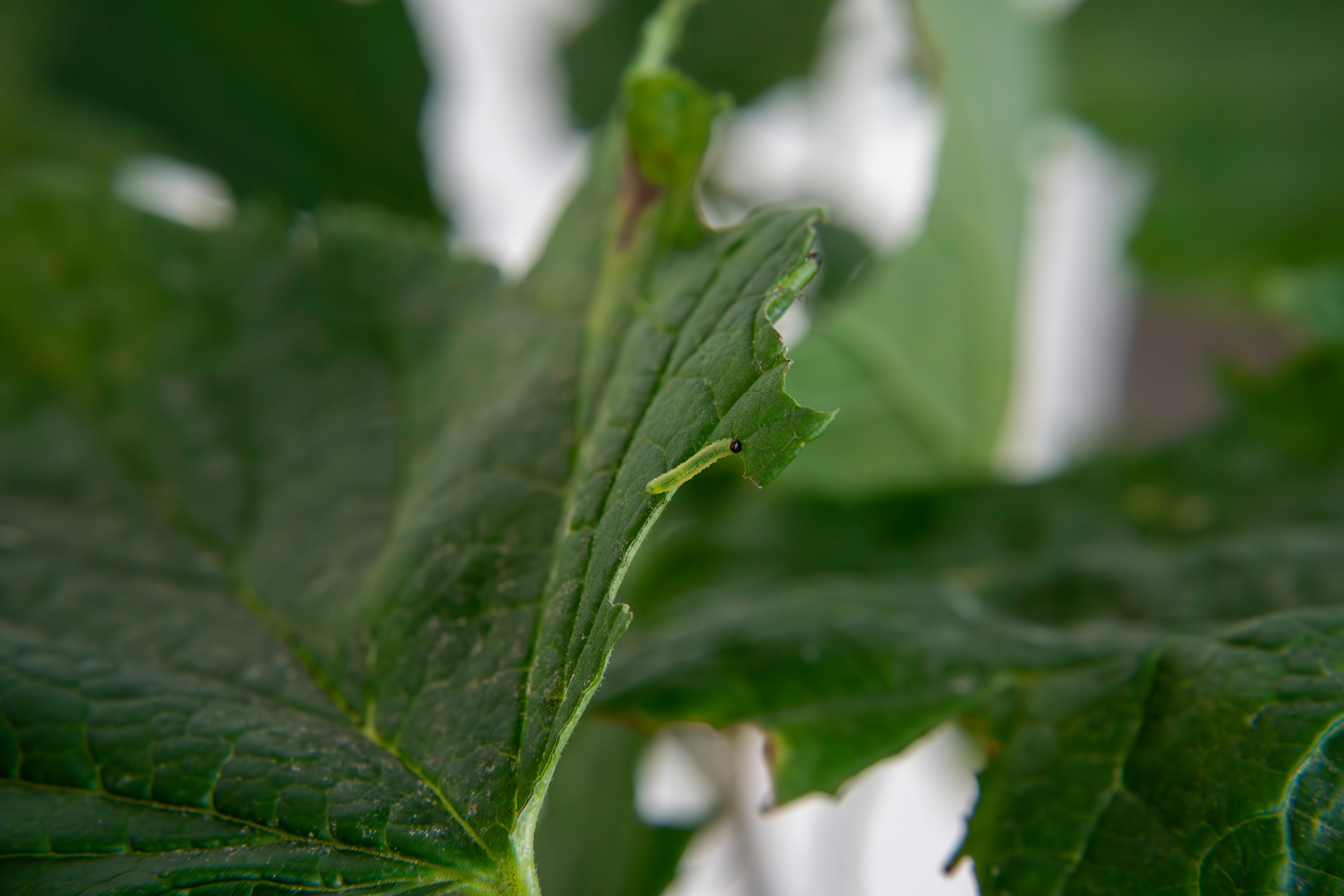

 Connect With Us
Connect With Us